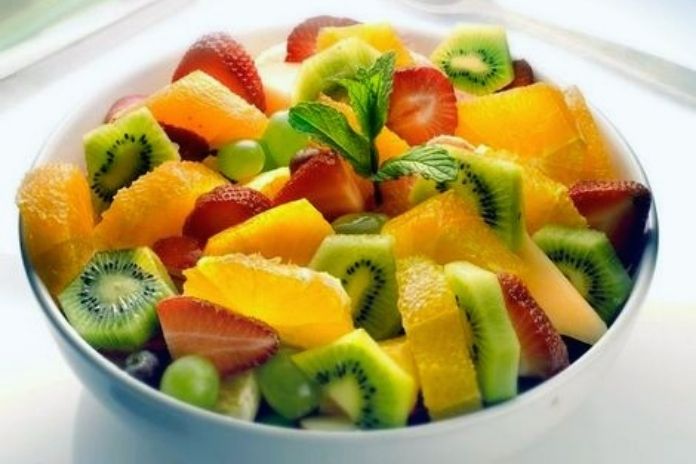Apples and pears, of course – but can you also eat the fruit peels of melon, kiwi, citrus fruit or banana? And if so, are they possibly particularly healthy?
Most of the vitamins are found directly under the skin. Grandma always said that. And, of course, she was right. Therefore, most people naturally eat apples, pears, plums or apricots with their skins on. Just like cherries and berries. But what about other varieties? We present four delicious fruits where you can eat the fruit peel without hesitation – provided you wash them thoroughly before eating. In these cases, organic or, even better, Demeter quality is essential to rule out pesticides and other toxins contamination.
The Total Nutrient Power Is In The Banana Peel
The thought of eating a banana peel doesn’t seem particularly appealing. It is also relatively chewy and tastes slightly bitter. However, an extra portion of potassium in the shell is essential for the normal functioning of muscles, cells, and nerves. It is also a valuable source of fiber and is extremely rich in anti-cancer and anti-inflammatory antioxidants. For example, a study has found that fish fed banana flour has a more robust immune system and healthier growth and are therefore less susceptible to diseases. 1 An indication that people could also benefit from eating these fruit bowls.
How does it taste? Throw the peel into the blender and use it as an ingredient for smoothies or homemade banana bread. By the way, cooked banana peels are an excellent substitute for bacon or pulled pork in meatless recipes. In addition, exotic stir-fries or curries can be spiced up with nutrients by adding thinly sliced banana peels.
If You Leave Out The Kiwi Peel, You Leave Out The Best
The kiwi peel is furry and not exactly a treat for the palate. But one of the healthiest fruit bowls you should eat with. Why? If you eat the peel and the pulp, you take in 50 per cent more dietary fiber, 32 per cent more folic acid and 34 per cent more vitamin E. 2 Since many people are often deficient in these same nutrients, eating kiwifruit “skin and hair” is an easy way to boost your intake.
How does it taste? The furry lint can be easily removed by rubbing the fruit with a clean towel, scrubbing it with a vegetable brush, or scraping it off with a spoon.
Watermelon: Athletes And Lovers Should Eat This Bowl Of Fruit
While the pink pulp is a refreshing treat, especially in the hot summer months, the white-green bark is usually thrown carelessly on the compost. What a waste! Because the shell contains the “miraculous” amino acid L-citrulline, which packs a punch. In this way, L-citrulline improves erectile function without the dangerous side effects that Viagra and Co. bring with them. 3 L-citrulline expands the blood vessels and thus ensures improved oxygen supply. The muscles do not tire so quickly during training, and the athletic performance is improved.
How does it taste? Gourmet cuisine has long since discovered the melon peel for itself. They are particularly delicious in the form of finely chopped, matchstick-thin juliennes as an ingredient for coleslaw. Or cut into cubes and refined with honey-lime vinaigrette. Pan-roasted, melon rind tastes a bit like summer squash.
Orange And Lemon Peels – A Healthy Delicacy
The citrus peel contains antibacterial substances that inhibit the growth of harmful microorganisms in the mouth. Also, a powerful antioxidant is called D-Limonene. This not only protects the heart but also sustainably reduces tissue and cell damage, which is partly responsible for premature aging. 7 Whoever throws away the peels of oranges and lemons throws away a fountain of youth with them. In addition, D-limonene is said to have anti-cancer properties, especially against stomach cancer.
How does it taste? Fresh and finely grated as an ingredient for desserts and pastries. Add wafer-thin zest to homemade jams, fruit jellies or fancy cocktails. Dried and powdered as a spice for teas or hearty dishes. And last but not least in a not so healthy, but very noble form: candied lemon or orange peel. Splendid!
Also Read: Six Plant-Based Protein Sources That Provide More Protein Than Eggs

